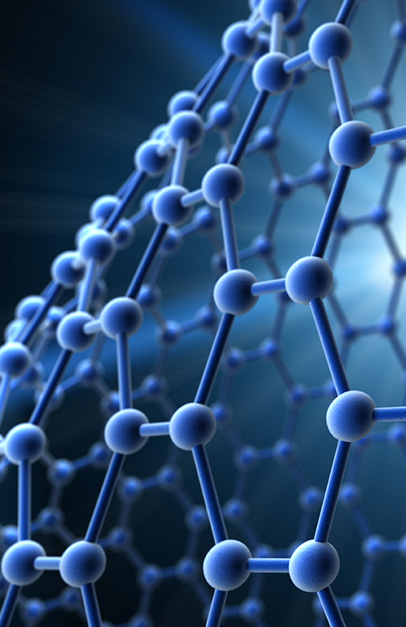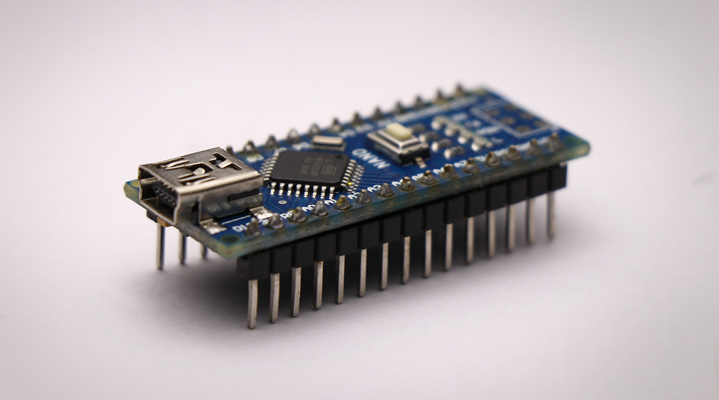The science of smaller than small particles.
Nanotechnology utilises extremely small dimensions of elements. We call it the ‘nanoscale’. One nanometer is a billionth part of a meter. Or you can say, 10,00,000th part of a millimeter. A minute size that opens up a big world of possibilities across contemporary chemistry, biology, material sciences, and engineering.
Thanks to nanotechnology, we now have the ability to see and control individual atoms and molecules. Materials formed by using the principles of nanotechnology -- whose properties lie between those of macroscopic solids and atomic systems -- are known as nanomaterials. They display unique optical, magnetic, electrical, and other physico-functional properties. These phenomena are redefining our electronics, medicine, and other fields.
Nanoscience and nanotechnology involve the ability to see and control individual atoms and molecules. Nanomaterials are of interest because at this minute a scale, they display unique optical, magnetic, electrical, and other physico-functional properties. These phenomena have a great potential for applications in electronics, medicine, and other fields.
It was observed that the quantum properties of matter can differ at the nanoscale. For e.g., a material behaving as an insulator at the molecular level can express the properties of a conductor when looked at its nanoscale level. Such discoveries have opened up a worldwide quest to explore. The transformation that nanotechnology can bring to all contemporary sciences is an exciting prospect.

Although nanotechnology may seem like a new-age realm, nanoscale materials have been in use for centuries. Alternate-sized gold and silver particles created colours in the stained-glass windows of medieval churches, hundreds of years ago. The artists back then were unaware that they were changing the composition of the materials they were working with while creating those masterpieces.










